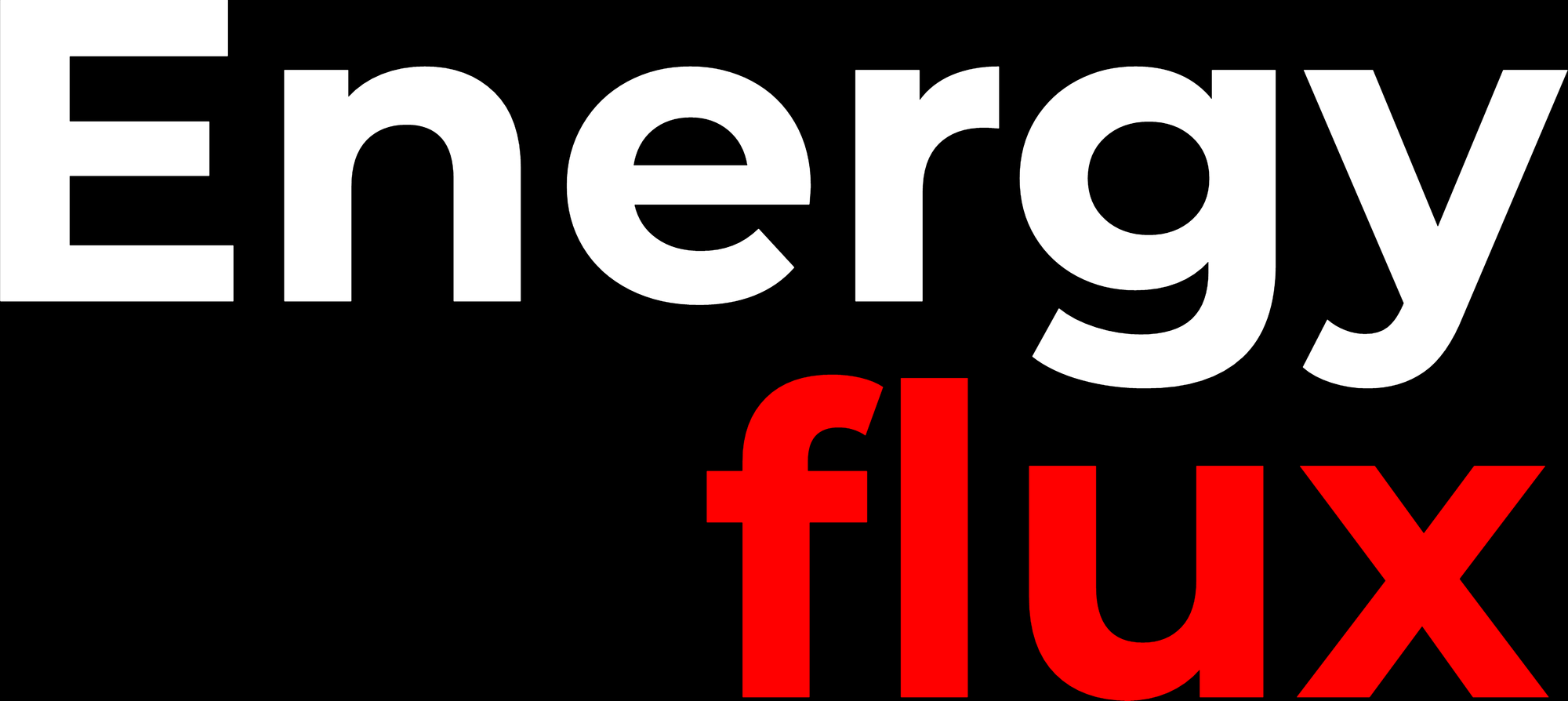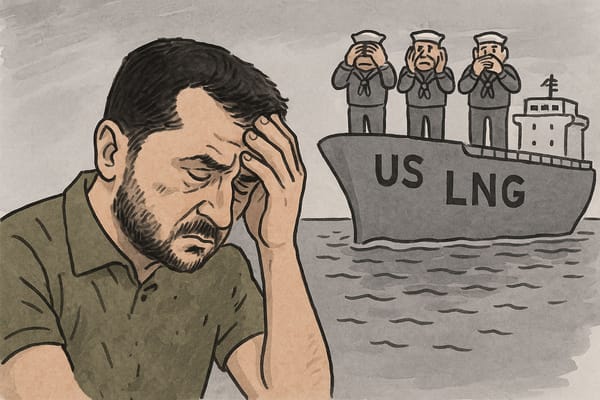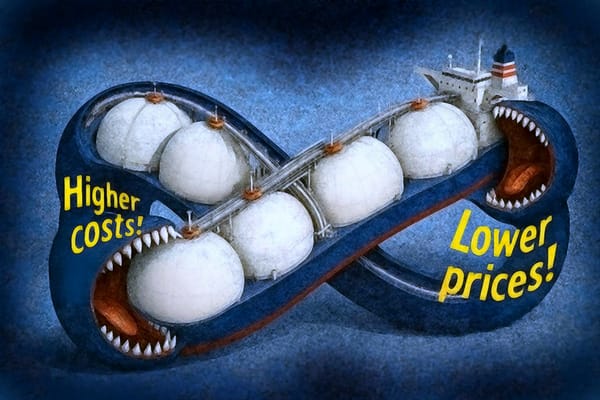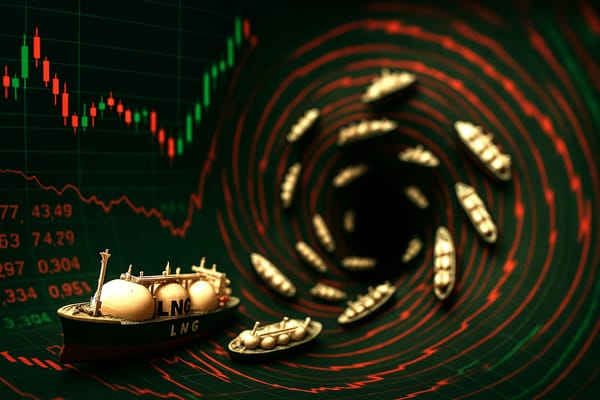Eerie calm
Global gas and LNG benchmarks are flatlining on the eve of winter. How long can this market tranquility last? EU LNG chart deck: 18 Sep-6 Oct 2023


Member discussion: Eerie calm
Read what members are saying. Subscribe to join the conversation.





